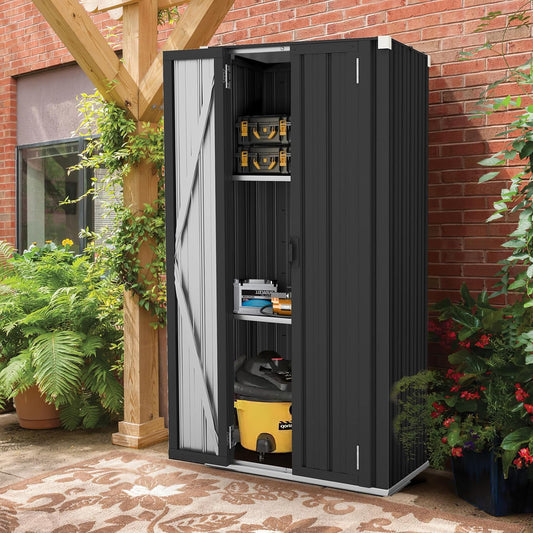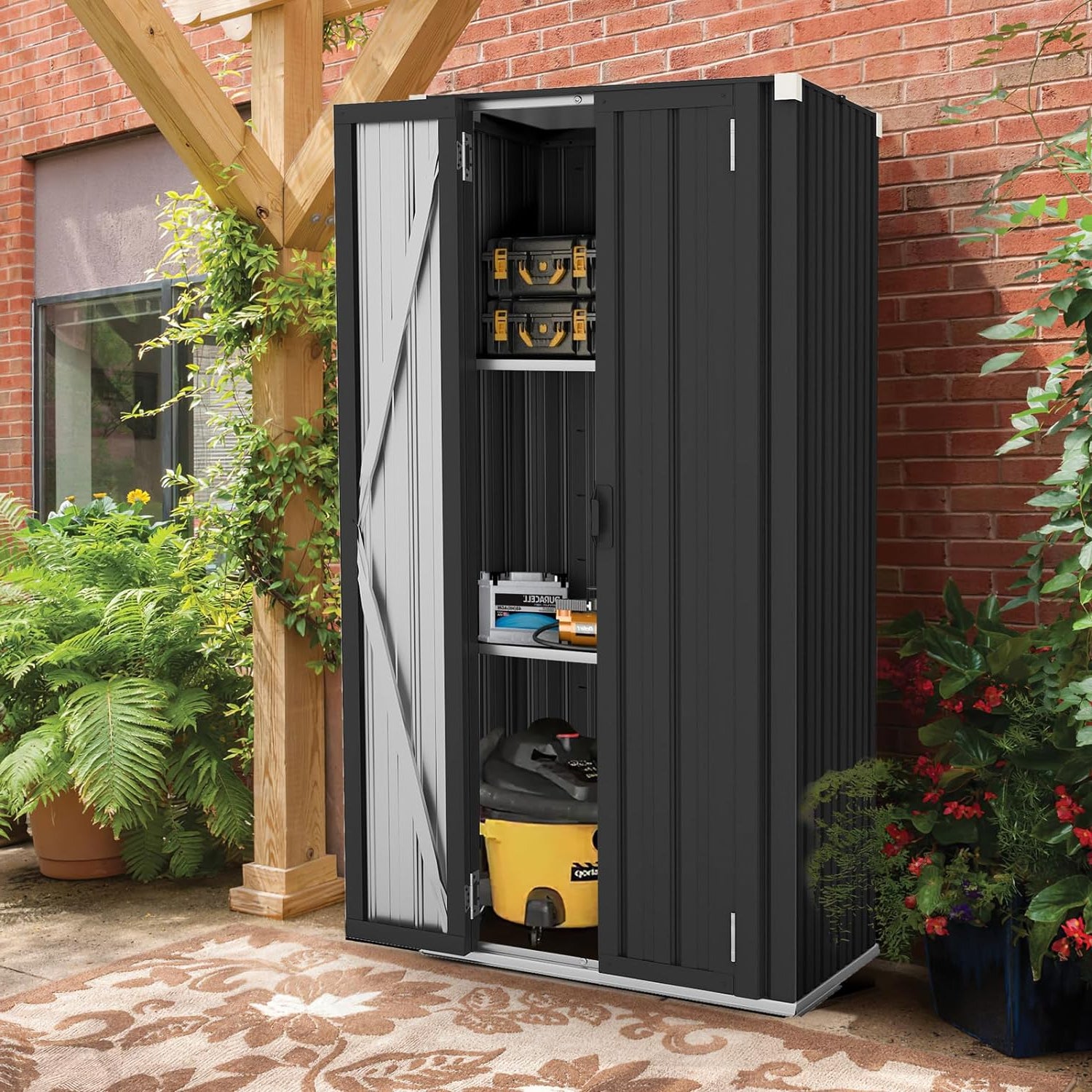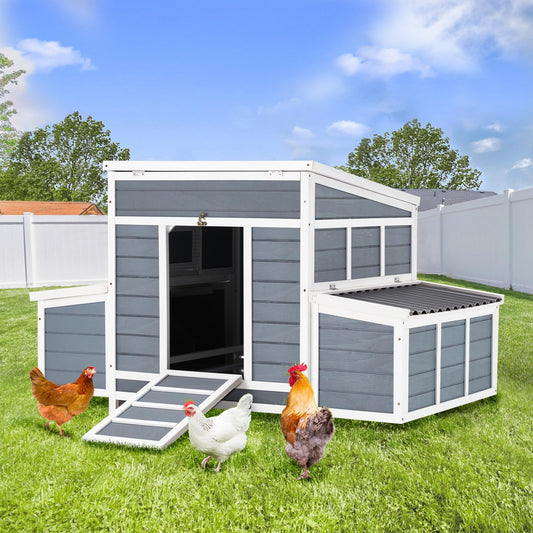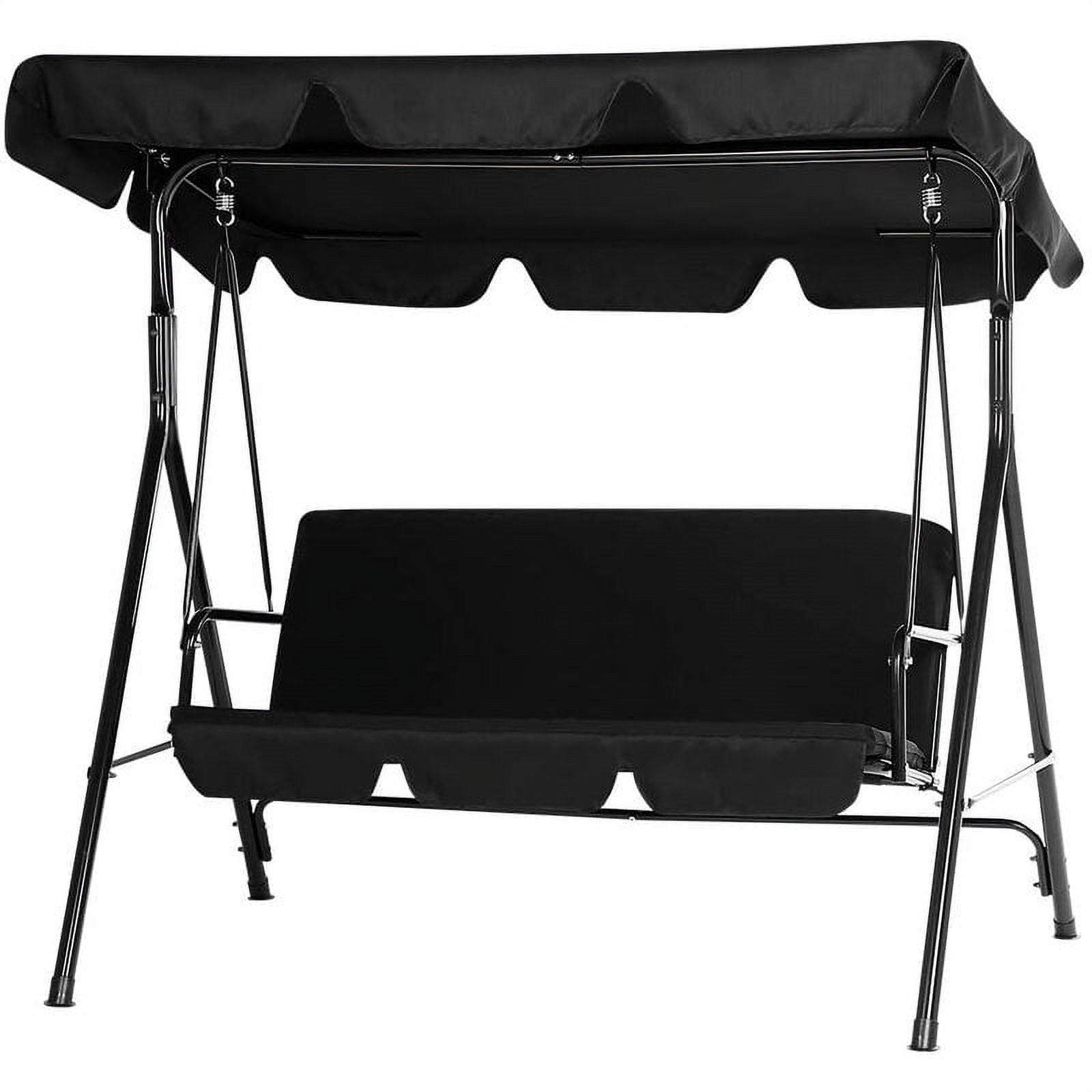Strong shoulders aren’t just for aesthetics—they’re critical for functional movement. From lifting boxes to reaching high shelves, your deltoids (anterior, medial, posterior) and supporting muscles are involved in nearly every upper-body action. Weak or imbalanced shoulders can lead to pain, poor posture, and limited mobility.
That’s where shoulder workout equipment like the shoulder press machine comes in. A 2024 survey of gym users found that 72% of beginners and 61% of intermediate lifters regularly use the machine, citing its safety and ease of use. Unlike free weights, which require balance and core stability, this machine guides your movement, making it less intimidating for those new to shoulder training.
Who should consider using a shoulder press machine? It’s ideal for:
- Beginners who want to build foundational shoulder strength without risking injury.
- Anyone recovering from shoulder, back, or wrist injuries (controlled movement reduces strain).
- Lifters looking to isolate shoulder muscles (great for targeting weak areas like the medial delts).
- Busy gym-goers who want efficient, focused workouts (no need to load/unload plates).
Transition: Now that we know why it’s popular, let’s break down what a shoulder press machine actually is and how it’s designed.
1. What Is a Shoulder Press Machine?
A shoulder press machine is a piece of shoulder exercise machine designed to mimic the motion of an overhead press—pushing weight upward from shoulder height to above your head. It’s built to isolate and target the shoulder muscles while reducing strain on other body parts.
Basic Design and Mechanics
Most shoulder press machine models share these core components:
- A padded seat (adjustable for height) to keep you stable during the movement.
- Two padded handles (or armrests) attached to a resistance mechanism.
- A backrest (supports your torso to prevent arching and protect your lower back).
- Adjustment knobs (to change seat height, handle width, or resistance level).
The machine operates on a fixed arc or linear path, which guides your arms upward and downward. This fixed movement ensures that the shoulder muscles do most of the work, rather than relying on momentum or other muscle groups (a common issue with free-weight presses).
One popular variation is the seated shoulder press machine—as the name suggests, you sit during the exercise, which adds extra stability. This is especially helpful for beginners or anyone with lower back issues, as it eliminates the need to stabilize your torso while standing.
Differences Between Plate-Loaded and Selectorized Machines
There are two main types of shoulder press machine models, each with its own pros and cons:
|
Type |
Plate-Loaded Shoulder Press Machine |
Selectorized Shoulder Press Machine |
|
Resistance Source |
Uses weight plates (added to pegs on the machine) |
Uses a pre-loaded weight stack (select resistance with a pin) |
|
Adjustability |
High (can add small increments of weight) |
Moderate (fixed weight increments, usually 5–10 lbs) |
|
Ease of Use |
Moderate (requires loading/unloading plates) |
High (no plate handling—just adjust the pin) |
|
Stability |
Very stable (heavy frame supports plates) |
Stable (weight stack is built into the frame) |
|
Ideal For |
Advanced lifters, commercial gyms |
Beginners, home gyms, busy gym-goers |
For example, a beginner might prefer a selectorized shoulder press machine because it’s quick to set up and adjust. An advanced lifter might opt for a plate-loaded model to fine-tune resistance and challenge themselves with heavier weights.
The seated shoulder press machine is available in both types, making it versatile for all fitness levels.

2. Benefits of Using a Shoulder Press Machine
The shoulder press machine offers unique advantages over free weights and other shoulder workout equipment. Let’s break down its key benefits:
Shoulder Stabilization
Shoulders are ball-and-socket joints, which means they’re highly mobile but lack natural stability. The shoulder press machine’s fixed path keeps your shoulders in a safe range of motion, preventing excessive rotation or movement that can lead to injury.
This stabilization is especially helpful for beginners who haven’t yet built the supporting muscles (like the rotator cuff) needed to stabilize free weights. A 2023 study published in the Journal of Sports Medicine found that the machine reduces shoulder joint stress by 40% compared to barbell overhead presses.
Reduced Injury Risk
Injuries from shoulder training are common—especially with free weights. The shoulder press machine minimizes these risks in several ways:
- No falling weights (handles are attached to a fixed mechanism, so there’s no risk of dropping dumbbells or a barbell).
- Controlled movement (prevents overextension or improper form that strains the rotator cuff).
- Torso support (the backrest keeps your spine aligned, reducing lower back strain).
For example, someone with a history of wrist pain can use the machine’s padded handles without gripping a heavy barbell, reducing pressure on the wrists. Those recovering from shoulder injuries can also use the machine to rebuild strength safely under physical therapist guidance.
Strength Progression for Beginners and Intermediates
The shoulder press machine makes it easy to track progress and gradually increase resistance—key for building strength over time. Most selectorized models have clear weight markings, so you can see exactly how much you’re lifting and incrementally add weight as you get stronger.
Beginners can start with light resistance (20–30 lbs) to master form, then move up in small steps. Intermediate lifters can use the machine to target specific weak areas—for example, focusing on the medial delts (side shoulders) by adjusting the handle width.
A study of 150 new gym-goers found that those who used the shoulder press machine for 10 weeks saw a 22% increase in shoulder strength, compared to 14% for those who only did dumbbell presses.
Comparison to Dumbbell and Barbell Presses
How does the shoulder press machine stack up against free-weight alternatives? Here’s a detailed comparison:
|
Feature |
Shoulder Press Machine |
Dumbbell Press |
Barbell Press |
|
Stability |
High (fixed path + backrest) |
Moderate (requires core/shoulder stabilization) |
Low (requires full-body stability) |
|
Injury Risk |
Low (controlled movement) |
Moderate (risk of shoulder strain with poor form) |
High (risk of injury if weights are unbalanced) |
|
Muscle Isolation |
High (targets shoulders specifically) |
Moderate (engages core, triceps, and chest) |
Low (full upper-body engagement) |
|
Ease of Use |
High (guided movement, no balance needed) |
Moderate (requires form practice) |
Low (steep learning curve for beginners) |
|
Progression Tracking |
Easy (clear weight markings) |
Moderate (need to track dumbbell pairs) |
Moderate (need to track plate weights) |
For beginners, the shoulder press machine is a better choice because it lets you focus on muscle activation without worrying about balance. For advanced lifters, free weights offer more functional strength gains—but the machine is still a great tool for isolation and injury prevention.
If you’re looking for a shoulder press machine that combines the best of stability, isolation, and versatility, YODOLLA’s Deltoid and Shoulder Press Machine stands out. This all-in-one shoulder exercise machine targets all three deltoid heads (front, side, rear) with three built-in movements: shoulder press, lateral raise, and reverse fly—eliminating the need for multiple pieces of shoulder workout equipment

3. Is the Shoulder Press Machine Good for Building Shoulders?
The short answer: Yes—when used correctly. The shoulder press machine is excellent for building shoulder muscle (hypertrophy) and strength, but it’s important to understand its target muscles and limitations.
Target Muscles
The shoulder press machine primarily targets three key muscles in the shoulders (deltoids):
- Anterior delts: Front of the shoulders (most engaged during the upward push).
- Medial delts: Side of the shoulders (activated when using a wider grip).
- Posterior delts: Back of the shoulders (minor engagement, but can be targeted with slight handle adjustments).
It also engages secondary muscles for stability:
- Triceps brachii: Back of the arms (helps push the handles upward).
- Trapezius: Upper back (supports the shoulders during the movement).
- Core muscles: Tightened to stabilize your torso (even with the backrest).
This makes it a well-rounded shoulder exercise machine that targets the entire shoulder complex while engaging supporting muscles.
How It Supports Hypertrophy
Muscle growth (hypertrophy) requires three things: mechanical tension, metabolic stress, and muscle damage. The shoulder press machine delivers all three:
- Mechanical tension: The fixed path ensures constant tension on the shoulder muscles throughout the movement (unlike free weights, where tension can drop at the top of the press).
- Metabolic stress: Slow, controlled reps (encouraged by the machine’s design) build up lactic acid in the muscles, which triggers growth.
- Muscle damage: Gradually increasing resistance creates micro-tears in the muscle fibers, which repair and grow stronger over time.
A 2025 study on muscle growth found that the seated shoulder press machine activates the medial delts 35% more effectively than standing barbell presses—making it ideal for building wider, more defined shoulders.
Limitations You Should Know
While it’s a great tool, the shoulder press machine isn’t perfect. Here are some limitations to keep in mind:
- Limited functional strength: It’s an isolation exercise, so it doesn’t build the same full-body stability as free weights. Functional movements like lifting overhead in daily life require core and shoulder stability that free weights better mimic.
- Less range of motion: The fixed path limits the range of motion compared to dumbbells, which can move slightly outward as you press. This means you might miss out on some stretch in the shoulder muscles.
- Potential for over-reliance: Beginners might stick to the machine too long, missing out on the balance and stability benefits of free weights.
The key is to use the shoulder press machine as part of a balanced shoulder routine, not a replacement for free weights. Pair it with exercises like lateral raises (for medial delts) and face pulls (for posterior delts) for a well-rounded workout.
4. How to Use a Shoulder Press Machine Properly
Using the shoulder press machine correctly is crucial for getting results and avoiding injury. Even though it’s guided, poor form can still lead to strain or ineffective muscle activation. Follow these steps to master the movement:
Seat Height Adjustments
The right seat height ensures that the machine targets your shoulders (not your triceps or chest). Here’s how to set it up:
- Sit on the machine and place your feet flat on the floor (shoulder-width apart) for stability.
- Adjust the seat height so that the handles are at shoulder level. When you grip the handles, your elbows should be bent at a 90-degree angle, and your upper arms should be parallel to the floor.
- If the machine has a chest pad, adjust it so that it lightly touches your chest—this prevents you from arching your back during the press.
For the seated shoulder press machine, proper seat height is even more important because you’re not using your legs for stability. A seat that’s too low will force you to hunch, while a seat that’s too high will strain your shoulders.
Grip Options
The shoulder press machine offers different grip widths, each targeting slightly different muscles:
- Standard grip: Hands shoulder-width apart (targets all three deltoid heads evenly).
- Wide grip: Hands wider than shoulder-width (emphasizes the medial delts/side shoulders).
- Narrow grip: Hands closer than shoulder-width (emphasizes the anterior delts/front shoulders and triceps).
Experiment with different grips to see which feels most comfortable and targets your weak areas. For most people, the standard grip is a good starting point.
Step-by-Step Execution Guide
- Sit on the machine and adjust the seat/chest pad as needed. Grip the handles with your chosen grip, palms facing forward (overhand grip).
- Lean back against the backrest, engage your core (tighten your abs), and relax your shoulders (don’t hunch them up to your ears).
- Inhale slowly to prepare for the lift.
- Exhale as you push the handles upward in a straight line. Keep your elbows slightly bent (never locked) and your shoulders down (don’t shrug them).
- Continue pressing until your arms are almost fully extended above your head—stop just before your elbows lock to keep tension on the shoulders.
- Pause for 1–2 seconds at the top of the movement to maximize muscle contraction.
- Inhale as you slowly lower the handles back to the starting position (shoulder level). Control the descent—don’t let the weight stack drop quickly.
- Repeat for 12–15 reps per set (3–4 sets total).
Common Mistakes and How to Avoid Them
Even with guided movement, these mistakes can reduce results or cause strain:
- Arching your back: Rounding or arching your back takes tension off the shoulders and puts strain on the lower back. Keep your back flat against the backrest and engage your core.
- Locking your elbows: Straightening your elbows completely can damage joints and shift tension to the triceps. Keep them slightly bent throughout the movement.
- Shrugging your shoulders: Raising your shoulders to your ears strains the trapezius muscles and reduces shoulder activation. Focus on keeping your shoulders down and back.
- Using too much resistance: This leads to using momentum (instead of shoulder muscles) and can strain the rotator cuff. Start light and focus on form—you should feel fatigued by the last 2–3 reps.
- Breathing incorrectly: Holding your breath can increase blood pressure and reduce muscle oxygen flow. Remember to inhale on the way down, exhale on the way up.
Pro tip: Ask a gym trainer to check your form the first few times you use the machine. They can adjust your seat height or grip and correct any bad habits before they stick.
Choosing a well-designed shoulder press machine can also minimize these mistakes—and YODOLLA’s Machine does just that. As a top-tier shoulder exercise machine, it’s built to support proper form while maximizing results.
Conclusion
So, should you use a shoulder press machine? For most people—yes. It’s a safe, effective piece of shoulder workout equipment that offers unique benefits, especially for beginners, those recovering from injury, and anyone looking to isolate shoulder muscles.
While it has limitations (less functional strength than free weights, limited range of motion), its pros far outweigh its cons for most gym-goers. The seated shoulder press machine variation is especially valuable for those with lower back issues or anyone who wants extra stability.
At the end of the day, the best shoulder workout equipment is the one you’ll use consistently and correctly. The shoulder press machine checks both boxes—it’s easy to use, delivers results, and keeps you safe. Whether you’re a beginner just starting out or an intermediate lifter looking to refine your shoulders, this machine deserves a spot in your training plan.




















